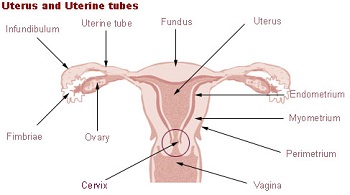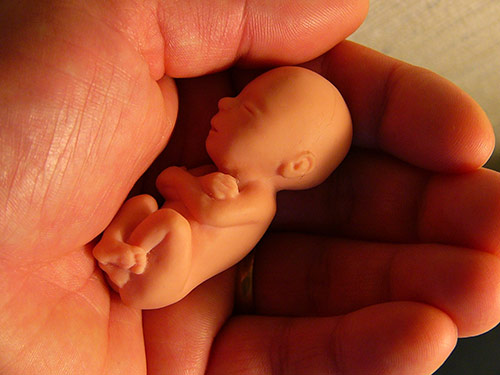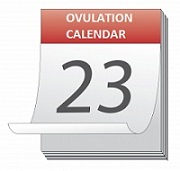Women usually use calendar charting, cervical mucus, basal body temperature and cervical observation as methods to predict ovulation. Changes in the cervical mucus and the cervix position can help you to determine when you are ovulating if you are trying to conceive. The information in this article will tell you about using cervical mucus and cervical position to predict ovulation.
Let’s start by looking at the cervical mucus.
The consistency of your cervical mucus could be creamy, sticky, dry, or like an egg white. You would use a fertility chart to record your cervical mucus. Look for an increase in the volume. During ovulation, it can look like egg white. It will be a good idea to record the type that you see during your cycle if you are charting. This can help you to determine your most fertile days.
In addition to that, you can look out for the day when your temperature changes if you are keeping a basal body temperature chart. Check the type of mucus that you are having at that time.
We will now look at the cervical position.

You can check your cervix position to know when you are ovulating. The best way to locate your cervix is to put one foot on a chair or stool or set in a squatting position. Then, put one or two of your fingers inside your vagina and thrust them to the back until you reach an area that feels a lot firmer than other spots. Your cervix could have a firm texture like your nose tip or as soft as your lips. You might notice that your cervix feels more closed or open.
Ensure that you are in the most comfortable position when checking your cervix as well as use one position for every check. You can get incorrect information if you are using a different position because it will be harder to compare. Bear in mind that it could take you one or two cycles to determine when you have the lowest, highest, firmest or softest cervix.
You should know that your cervix can be reached easier immediately after menstruation because it’s lower. It will also feel closed up and firmer. During ovulation, it will be harder to reach and a lot higher. It will be more open with a wet, soft feel. The cervix usually returns to the lower position and will be firm after ovulation.
Now that you know about using cervical mucus and cervical position to predict ovulation, it is important to mention that a woman can generally get pregnant for around five to seven days every month. After intercourse, a sperm is able live in your body for three to five days and an egg will be viable for twenty-four to forty-eight hours after ovulation. You have a higher chance of conceiving if you engage in intercourse three days prior to ovulation or two to three days after.



